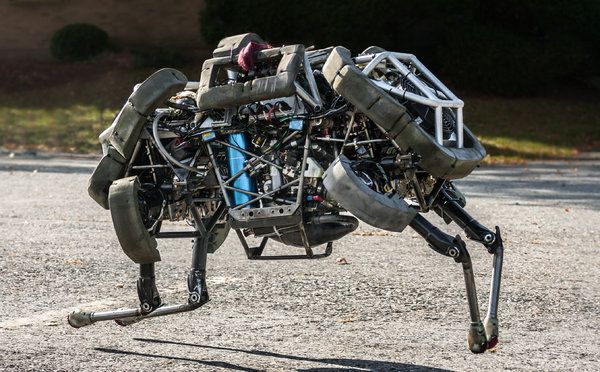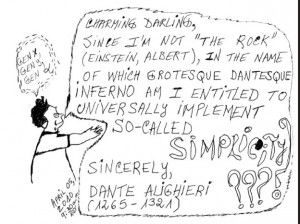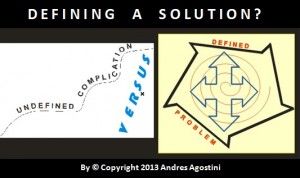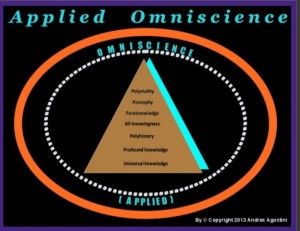The science-fiction-like world of 3D printing is starting to get some very real attention from Wall Street. This week Jefferies initiated coverage on the sector with “buy” ratings on three of its five major players – 3D Systems, Stratasys, and ExOne – and “holds” on the other two, Arcam and voxeljet. These companies could revolutionize mass manufacturing, Jefferies says, and could even get competition from a bellwether of the traditional printing industry: Hewlett Packard.
In a comprehensive, 97-page research note, Jefferies analyst Peter Misek writes that while 3D printing has been around since the 1980′s, a confluence of factors ranging from improvements in printer speeds to a greater availability of software that produces the digital designs used to create 3D printouts have brought the sector into the mainstream, and it will only continue its climb in years to come.
“Our base scenario envisions an eventual expansion of consumer 3D printers from its hobbyist base into a prototyping tool for ‘creative consumers’ and for home printing of toys to become mainstream,” Misek writes, defining ‘creative consumers’ as those who might favor the craft site Etsy. He says that 3D printing could eventually take a $12.5 billion chunk out of the $22 billion U.S. toy market for its ability to recreate action figures, building sets, craft supplies and more. While some companies insist this development is around the corner — 3D Systems is trying to get a $500 consumer 3D printer on the market in time for the 2014 holiday season — Misek thinks such products won’t debut until 2015 or 2016 at the earliest.
Read more
















